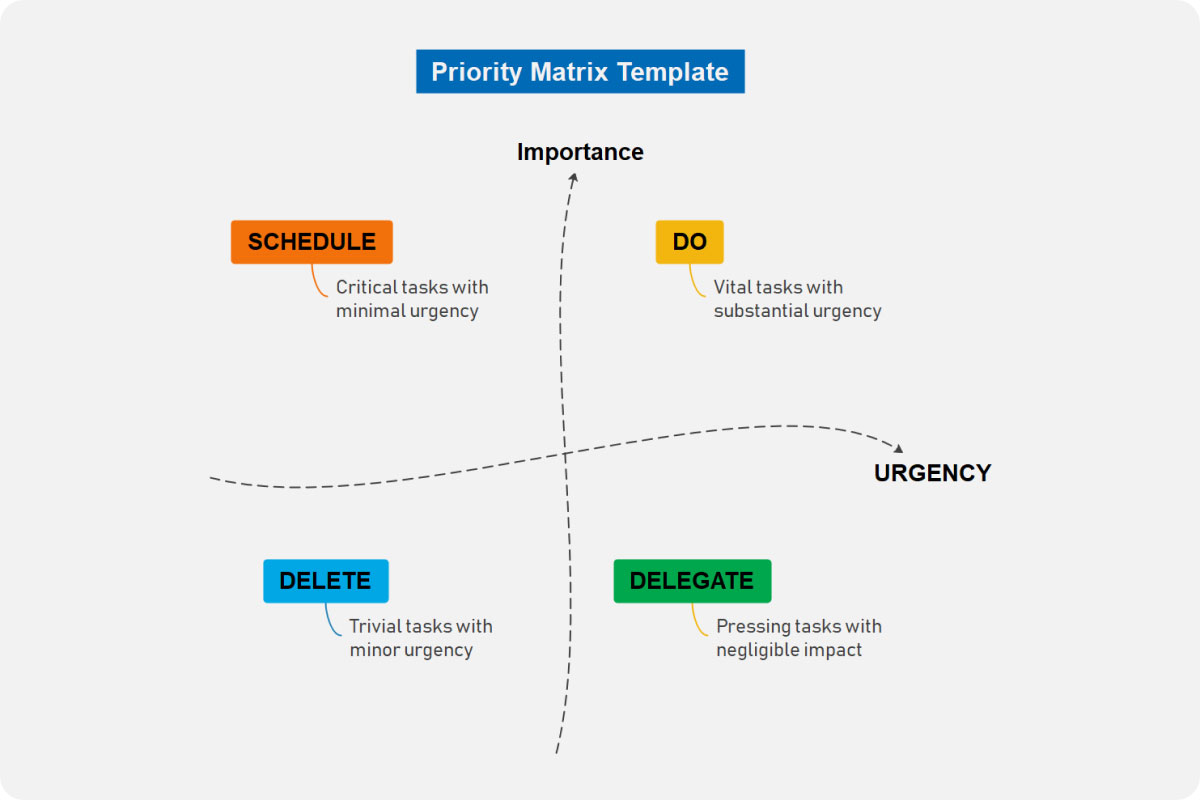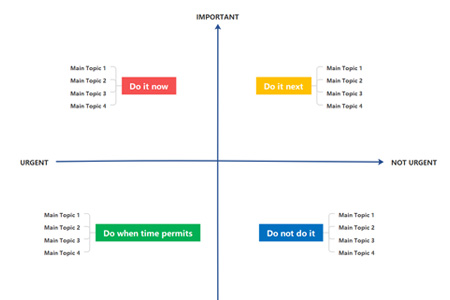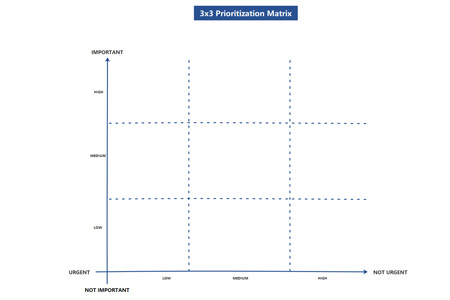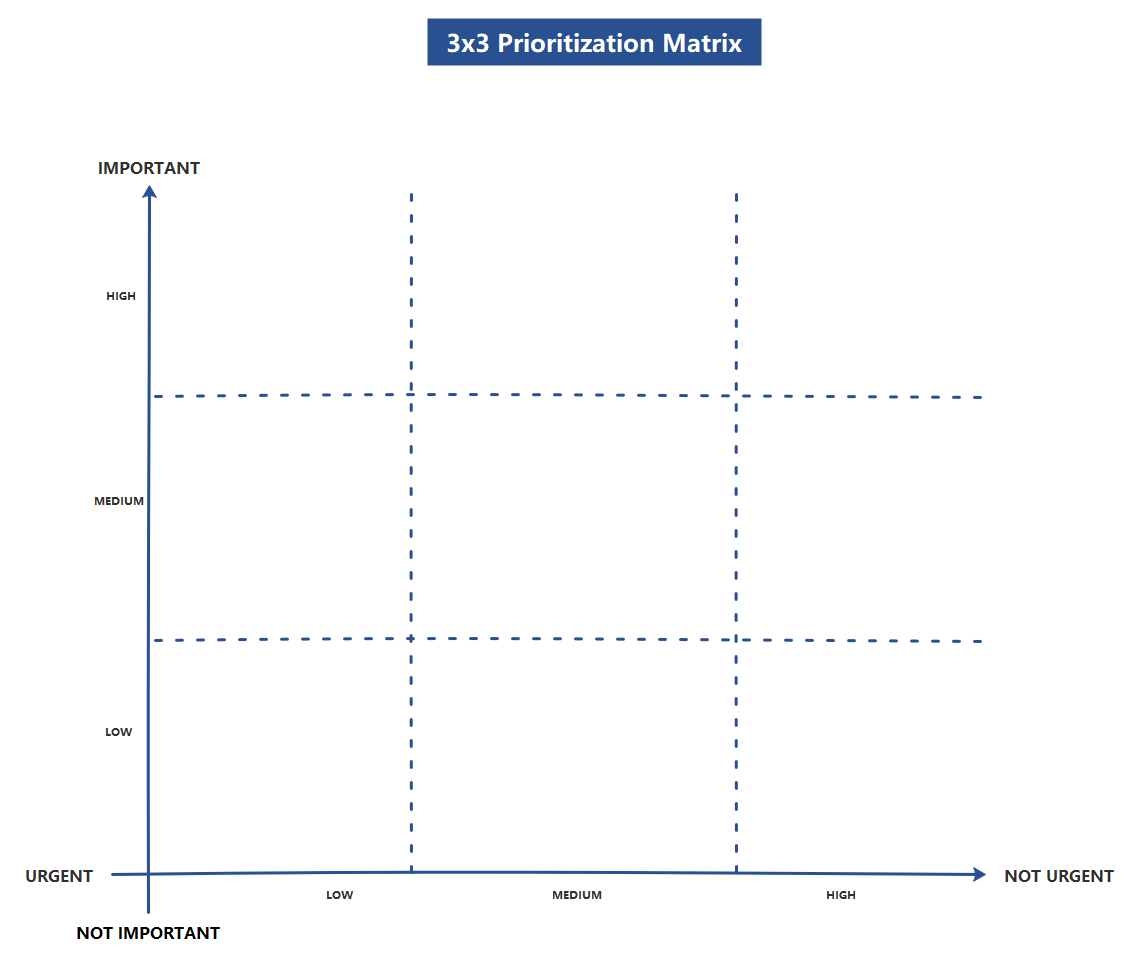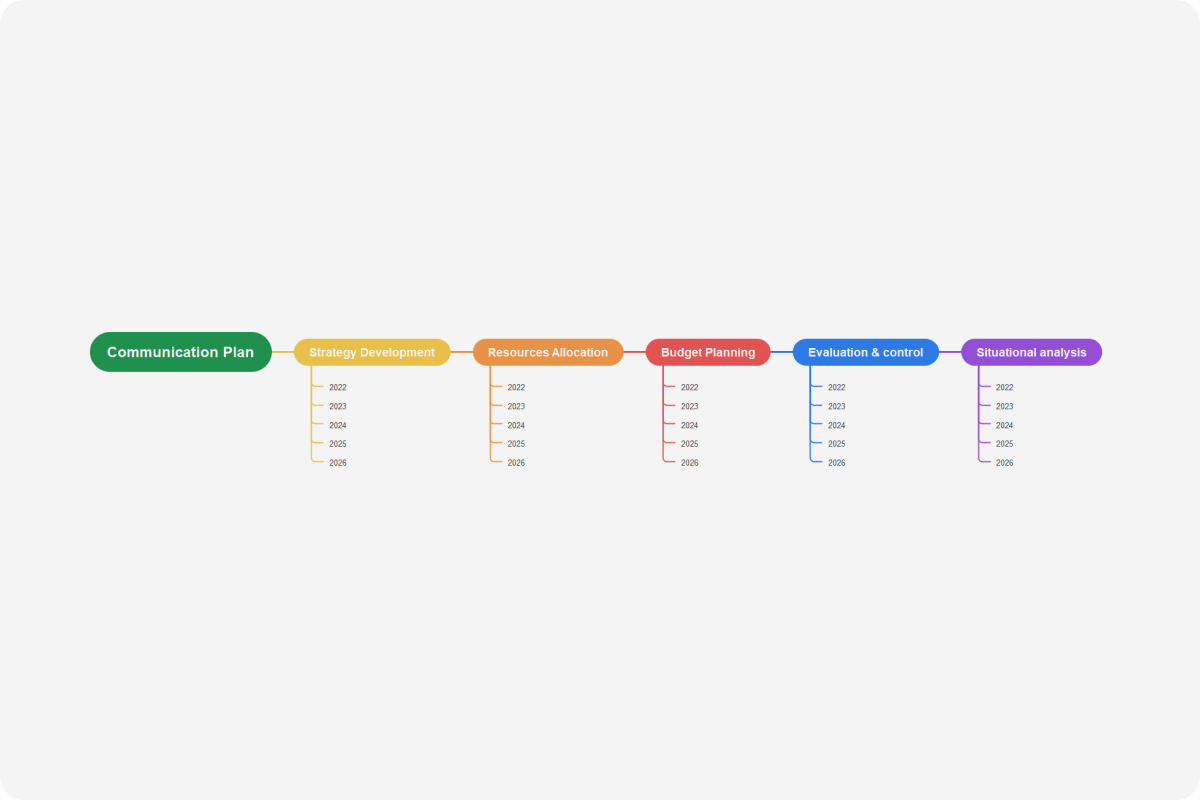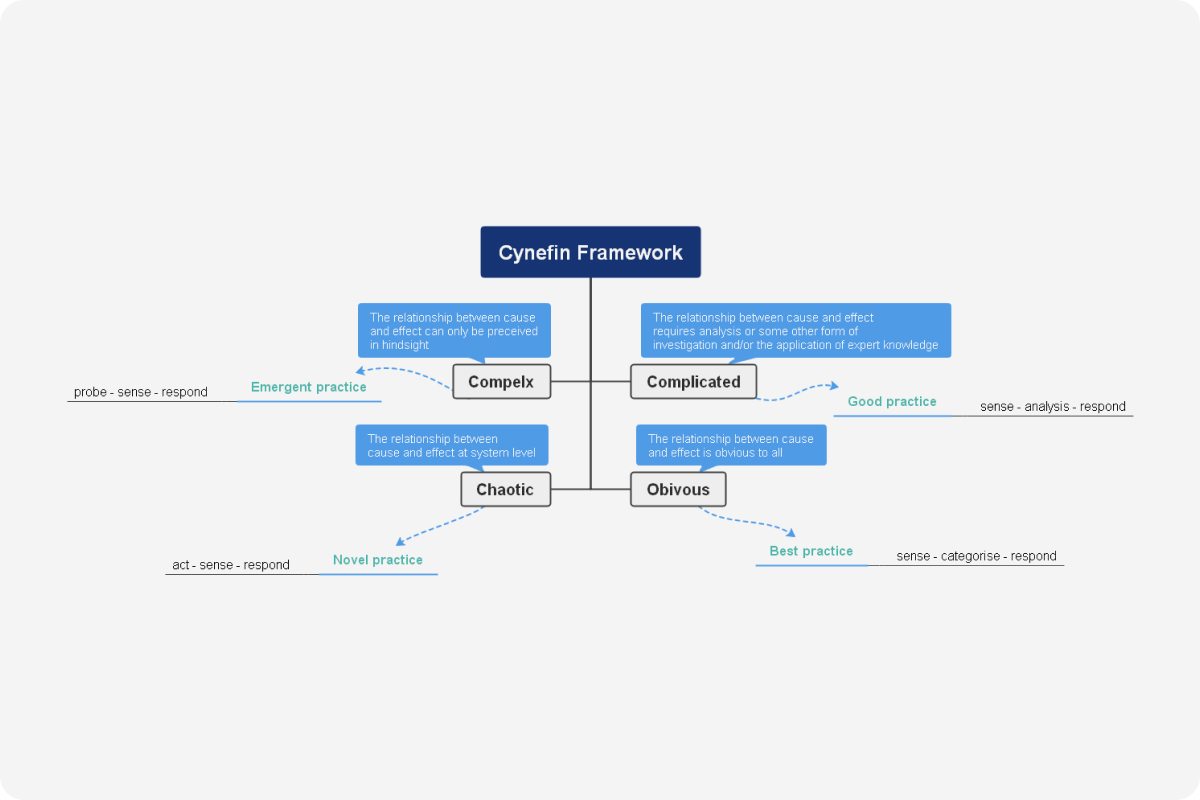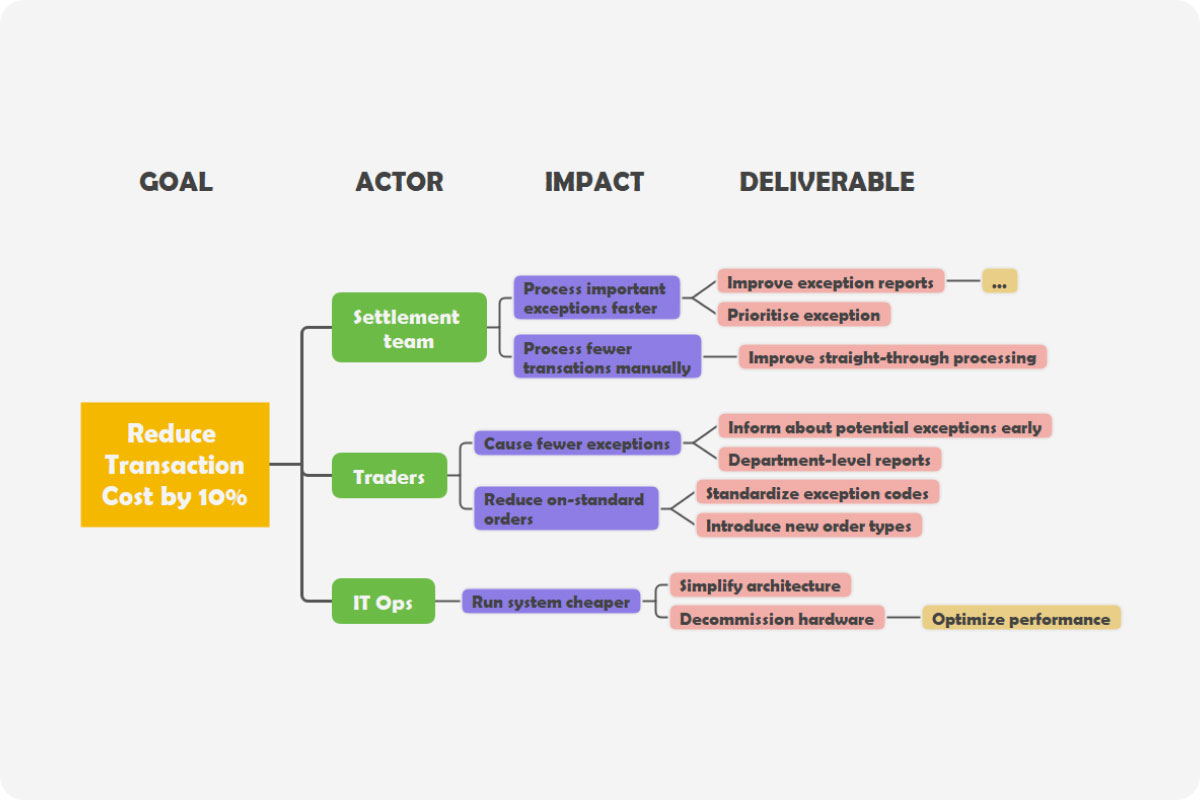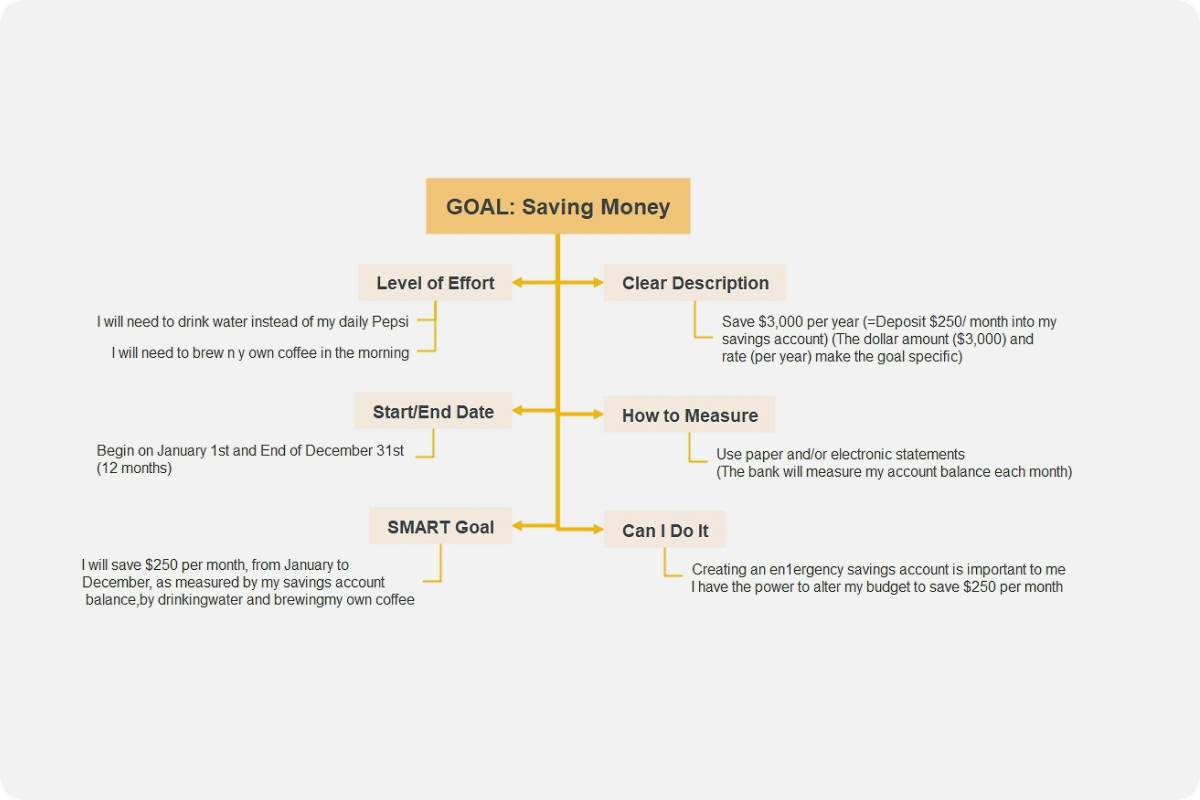About the Priority Matrix Template
What is a priority matrix?
A priority matrix guides you to focus on long-term goals by providing a structure to prioritize those essential ones. It is a decision-making instrument that helps users sort out tasks to only those that are important and ensures that they will not be pushed aside by unexpected and urgent ones.
This structure lets project managers create a straightforward decision-making process and identify which tasks or items to prioritize. As complicated as planning out company projects, you need a system to streamline and categorize tasks based on their importance and duration. The template can also be helpful to various works, including business processes, operational projects, and other complex management projects. With all the innovation on diagram making today, the priority matrix template can always be customized, but they are primarily designed to measure tasks’ level, urgency, and impact.
The template is handy as it is very straightforward and serves as a management tool for those who need more than the usual to-do list. This may be a prioritization matrix, but remember that the importance of the task highly depends on several factors. If you are about to complete a task that addresses customer satisfaction, it might highly be urgent and prioritized. However, if one must complete a task to ensure a happier customer in the future, it might still have high priority but with low urgency.
Why should you use a priority matrix?
In some cases, when facing large project volumes, it might be fitting to tap on a structure that can help prioritize and focus on the most urgent and vital projects. Here are some benefits an individual or an organization can get by using the priority matrix template.
- It promotes teamwork and project efficiency as teams can better communicate on what to prioritize.
- The prioritization matrix template provides a clear view of complex issues, especially when several factors affect a decision.
- This matrix allows discussion on the essential factors and keeps all stakeholders on track with the project.
- It identifies critical and urgent focus areas and tasks.
How to make your own priority matrix?
It will only take you about five critical steps to create an excellent priority matrix. See the following steps below:
1. You first need to identify the necessary segmentation to categorize and prioritize each work effectively. It will depend on the company or the one creating the matrix if they choose a larger or smaller segmentation for the diagram.
2. Identifying categories will not be enough, especially for more complex projects requiring a detailed summary and specifications. It is essential to be more descriptive and break down work types into several categories. For example, at a marketing and events department, they get particular with regulatory compliance before an event. Instead of just having one section for regulatory compliance, you can break it down based on the types of permits and their urgency.
3. Now it is time to lay out all the categories of work in each section of the matrix. Remember that as you map out the categories, you are classifying each work in terms of urgency. You can compare categories that are ranked higher to those in the lower ranks to understand better whether the mapping fits the desired priority.
Also, you need to note that mapping the categories needs to have feedback from several stakeholders for unified approval for where every category of work lies in the matrix. Some may not favor how categories of work are being assigned, so you also need to consider this as you create the matrix.
4. Before you present the priority matrix, it is proper to test it out first. If you are unsure how to do it, you can take out recent templates or projects from which you can base your matrix. After that, assess if the relative priorities fit right and make the necessary adjustments if you think you need to.
5. Finalize and align the matrix with leadership. It can take time to have synchronization with leadership and the priority matrix. You can present how the matrix functions in practice by providing examples of the leadership group. It may be a complex procedure, but it is best to show the simplicity of the process and how the matrix will improve work performances within the organization.
Priority Matrix Examples
The following examples below are two of the most common types of a prioritization matrix template. Of course, as an organization, you can have more sections if you need to map out more categories. Check out some examples below:
2x2 Prioritization Matrix
This template is one of the many priority matrices that help product managers identify priorities. It is ideal for those leading initiatives and projects which need guidance in evaluating the aspects of the project their team must first focus on. The 2x2 matrix typically has four segments, representing different levels of value and effort. The four segments can be labeled as the following:
- ‘Do it next’ or those tasks that are equally essential but can be challenging to implement.
- ‘Do it now,’ or that product features that are vital and easy to do.
- ‘Do not do it’ or tasks that are not worth investing in for now.
- ‘Do when time permits’ or those low-value aspects that can also be returned later on.
The labels mentioned above are just suggestions, and you can change them according to your team’s preferences.
This method is a quick, easy, and efficient way for teams to focus on product features that are probably valuable to customers against efforts to deliver the said features. Also, this matrix helps organizations and companies create boundaries around realistic things to tackle and develop consensus and clarity around the most critical aspects for success.
